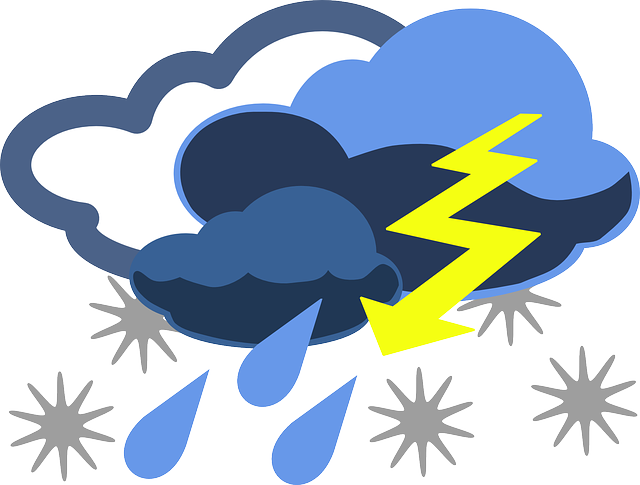
When considering a solar panel installation, many homeowners wonder whether they will be susceptible to damage caused by hail. Some solar panels are installed on the roof, whereas others are installed on the ground. Regardless, they must be installed outdoors in an uncovered area where they will receive direct sunlight. But without any form of coverage, solar panels will be exposed to the elements, including hail.
Yes, Hail May Damage Solar Panels
Just like it can damage traditional roofing materials, as well as automobiles, hail can damage solar panels. Hail consists of balls of ice. It’s the result of precipitation that freezes inside storms. As the precipitation turns to ice, the storms will release hail. Any objects beneath these falling balls of ice may sustain damage, including solar panels.
Solar panels are made of a photovoltaic material, with silicon being the most common. Silicon cells, though, aren’t indestructible. They can crack when exposed to hail. As hail rains down on silicon cells, it may leave behind visible cracks. The solar panels may then become less efficient, or they may fail to work altogether.
Some Solar Panels Are Better Protected Against Hail Than Others
If you’re concerned about hail damage, you should choose the right type of solar panels for your home. Some solar panels are less likely to sustain damage when exposed to hail than others.
Polycrystalline and monocrystalline solar panels offer greater protection against hail damage than thin-film solar panels. They feature a thicker, heavier-duty construction than their thin-film counterparts. Both polycrystalline and monocrystalline solar panels cost more than thin-film solar panels, but they are less likely to sustain damage when exposed to hail.
Some solar panels are also rated to withstand hail. Hail ratings typically consist of a maximum size and speed. When shopping for solar panels, you may discover that some of them are rated to withstand hail measuring up to 1 inch in diameter and falling at a speed of 40 mph.
Manufacturers perform tests to calculate hail ratings. In a controlled environment, they will simulate hail. And after analyzing the data, manufacturers will determine the maximum size and speed of the hail to which the solar panels can be exposed.
Even if a solar panel installation is damaged by hail, however, it may be covered by homeowners’ insurance. Many homeowners’ insurance policies cover hail damage to solar panels. You should check with your insurance provider beforehand, but you may discover that it covers hail damage to solar panels.

